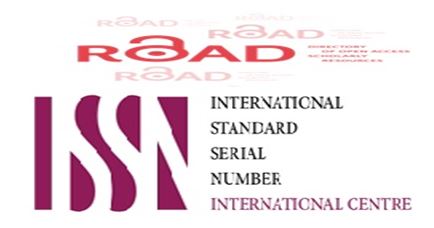Genetic characteristics and β-cell Autoimmunity in T1DM Children
DOI:
https://doi.org/10.32007/jfacmedbagdad.4941332Keywords:
T1DM patients, HLA, GAD65 autoantibodies.Abstract
Background: TIDM is known to be polygenic disease that appears from the interaction of mutation in multiple genes including HLA. The autoimmune mediated destruction of
pancreatic β-cells is reflected by the presence of autoantibodies against prominent antigens in the pancreatic β-cells.
Objective: This study was designed to investigate the role of HLA-class I and class II antigens in the etiology of type 1 diabetes mellitus (T1DM) and also assessment of
glutamic acid decarboxylase (GAD65) autoantibodies in the patients at the onset of the disease.
Patients & Methods: Sixty T1DM patients who were newly onset of the disease (diagnosed less than five months) were selected. Eighty apparently healthy control
subjects, matched with age, sex and ethnic backgrounds underwent the HLA-typing by lymphocytotoxicity assay. Finally 50 healthy individuals were selected randomly to
undergo serological assessment of GAD65 autoantibodies using IRMA method.
Results & Conclusion: At HLA-class I region, T1DM patients showed a significant increased frequency of antigen A9 (40.0 vs.18.75%) and B8 (28.33 vs.8.75%) as
compared to control subject. At HLA-class II region, DR3 and DR4 were significantly increased in patients (53.33 vs.26.25% and 50.0 vs. 12.5% respectively) as compared to
controls. In addition to that, T1DM was significantly associated with DQ2 (33.33 vs.15%) and DQ3 (40.0 vs. 20%) antigens as compared to controls, suggesting that these
haplotypes had a role in disease susceptibility, while the frequency of DR2 and DQ1 antigens were significantly lowered in patients compared to controls (6.66 vs. 25% and
6.66 vs. 22.5% respectively). These molecules might had protective effect. Anti-GAD65 autoantibodies were present in 50% of T1DM children especially in
older ages and in females more than males. High proportion of GADA was found in the patients carrying HLA-DR3/DR4 heterozygous. In conclusion, susceptibility to T1DM is
genetically controlled.
Downloads
Downloads
Published
Issue
Section
License
Permit others to copy and distribute the manuscript; to extract, revise, and create another derivative
works of or from the manuscript (e.g., a translation); to incorporate the manuscript into a
collective work; and to text or data mine the article, even for commercial purposes, provided that
the author(s) is/are credited; the article's modifications should not harm the author's honor or
reputation; and the article should not be altered in a way that would cause the author to lose them
reputation. The Creative Commons Attribution 4.0 International License (CC BY 4.0) has more
information.




















 Creative Commons Attribution 4.0 International license..
Creative Commons Attribution 4.0 International license..


